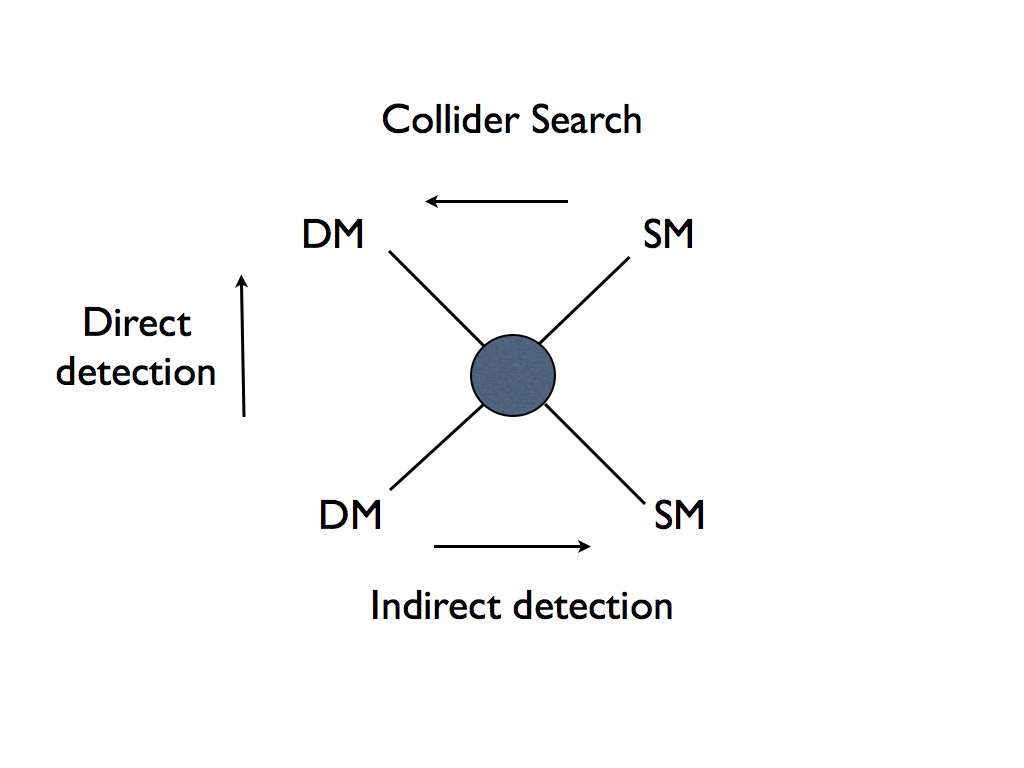 Hello there! My name is Seng Pei Liew, and I am the “Marie Sklodowska-Curie Actions” Innovative Training Network (AMVA4NewPhysics) early-stage researcher based at the Technische Universitat Munich (TUM). I am tasked in the network to look for new physics at the Large Hadron Collider (LHC) using advanced statistical tools. In my very first article here, I would like to talk more about myself and my research interests.
Hello there! My name is Seng Pei Liew, and I am the “Marie Sklodowska-Curie Actions” Innovative Training Network (AMVA4NewPhysics) early-stage researcher based at the Technische Universitat Munich (TUM). I am tasked in the network to look for new physics at the Large Hadron Collider (LHC) using advanced statistical tools. In my very first article here, I would like to talk more about myself and my research interests.
I have spent my graduate years at the University of Tokyo (Japan), doing research in theoretical particle physics. My research interest is, in a broad sense, in probing beyond the Standard Model (BSM) physics by making connection between theory and experimental observations. I have been mainly involved in studying phenomenology aspects of dark matter and physics related to the LHC. Let me make a very brief introduction to these topics.
It is well accepted within the scientific community that a portion of matter in our universe is “dark”. Dark matter has gravitational interaction but, at least at the large scale (celestial scale), it has almost negligible non-gravitational (electroweak, strong) interaction with ordinary matter. Cosmological and astrophysical observations indicate that dark matter is most likely to be particle-like. However, its property as a particle is not well clarified.
That weakly interacting massive particles (WIMPs) constitute dark matter is a very popular postulate, because the correct (thermally produced) abundance of dark matter can be obtained via the WIMP paradigm. If it is true, dark matter can interact with Standard Model (SM) particles and between itself. Then, we expect at least three kinds of dark matter discovery channels: direct, indirect dark matter detection, and dark matter production at collider (see figure below). The latter is probably the most exciting one as we have the LHC churning out various results currently. Along with the recent advances in machine learning (particularly deep learning), it is timely to studying advanced statistical tools which may turn out to be useful for studying LHC physics.

That is all for this post. I hope to write more about dark matter, LHC, and machine learning in the upcoming posts.

31 March 2017 at 11:19
Hi Seng, welcome on board!
LikeLike
3 April 2017 at 10:19
Welcome Seng! 🙂
LikeLike
19 May 2020 at 17:34
Hello Seng..
Did you stop writing on your blog?
LikeLike